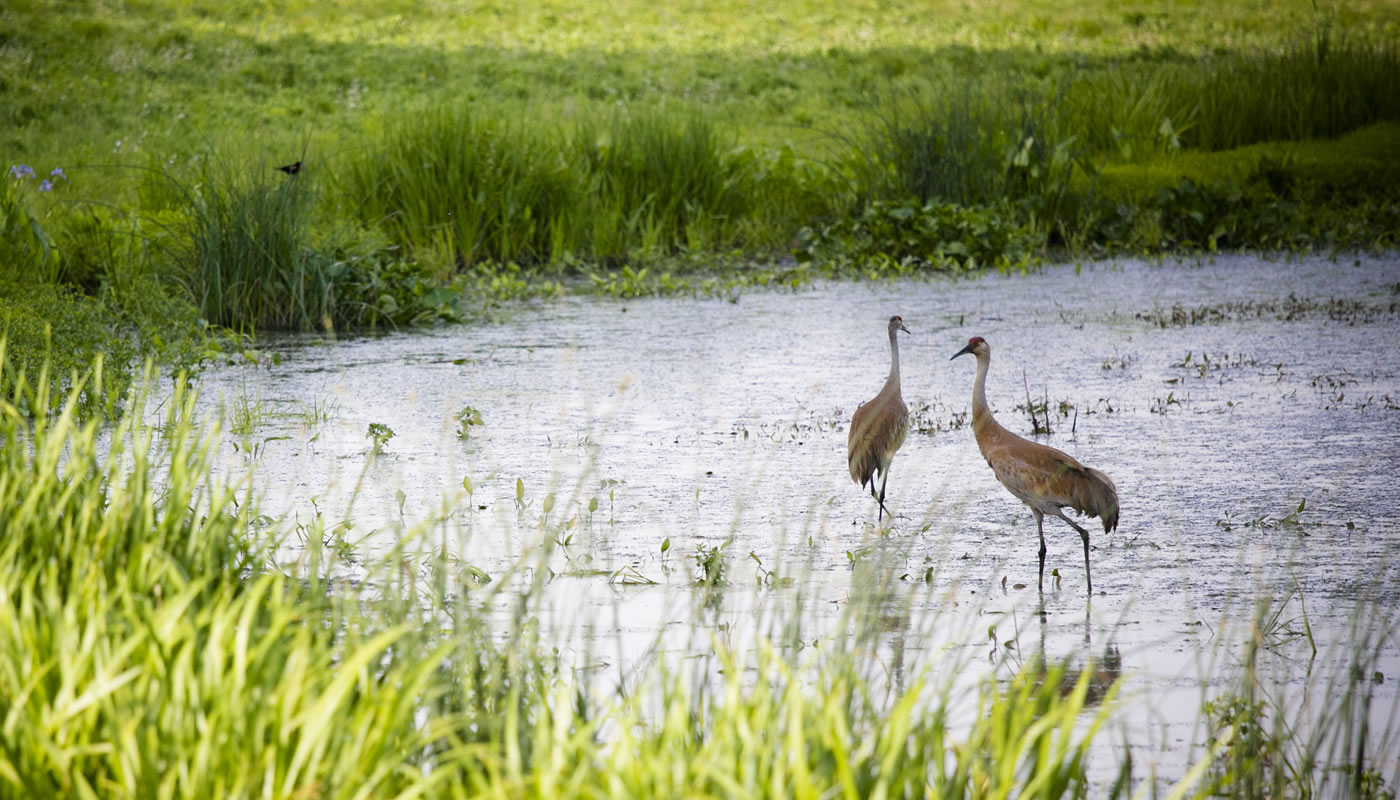As the impacts of climate change become more severe, the need for broad and extensive mitigations plans is critical. Recent climate projections published by the National Oceanic and Atmospheric Administration and other scientific organizations predict that if global emissions of greenhouse gases continue to rise, unprecedented warming is anticipated in the Midwest region in the next few decades.
Along with a projected rise in annual temperatures, studies project that the Midwest region likely will experience increased events of extreme precipitation during winter and spring, intense summer droughts, stronger storms, more street and basement flooding, combined sewer overflows into Lake Michigan and worsening air quality. All of this will strain local government budget, as well, as heat and flooding do damage to our health and infrastructure.
To combat climate change, the Forest Preserves of Cook County adopted its Sustainability & Climate Resiliency Master Plan in 2018. The plan established the goal of reducing the Forest Preserves’ greenhouse gas emissions by 80 percent by 2050 and provided strategies to lower its emissions related to transportation and buildings.
Recognizing that more needed to be done more quickly, the Forest Preserves’ Board of Commissioners has revised the greenhouse gas reduction goal to net zero by 2050, including a commitment that 100 percent of electricity consumed by the Forest Preserves will be generated through renewable energy resources and associated technologies.
In June, the Board adopted the Forest Preserves’ Clean Energy Framework, which establishes a roadmap to achieve net zero emissions. Strategies include reducing energy consumption through efficiency upgrades, rethinking how electricity is generated by integrating new technologies at the onset of capital improvement projects, and replacing outdated, inefficient technologies. The plan was developed by the University of Illinois Prairie Research Institute at the Illinois Sustainable Technology Center, along with the support and collaboration of key stakeholders, content experts, climate experts, and Forest Preserves staff.

